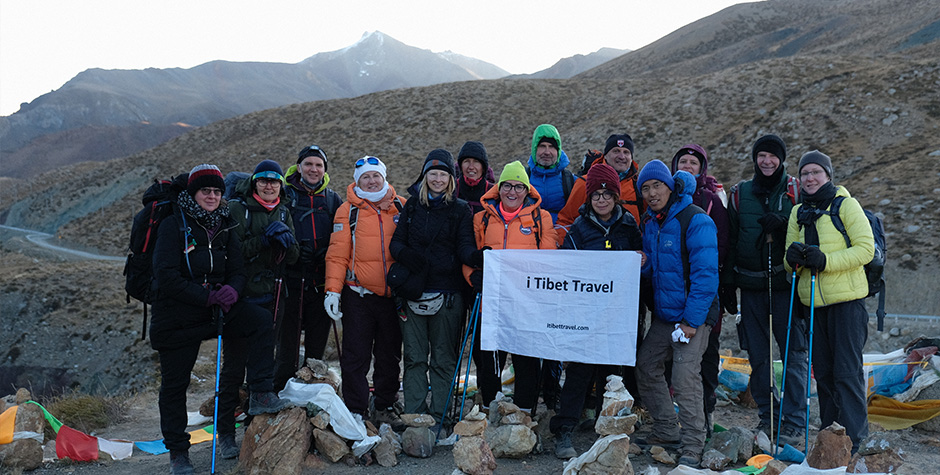Gyantse Dzong is probably one of the most beautiful and best-preserved castles in Tibet. Its name says it is located in the Traditional Tibetan town of Gyantse in Between Lhasa and Shigatse. The Dzong perched high above the Gyantse on a vast brown rock overlooking Gyantse Palchoe Monastery and the whitewashed traditional city of Gyantse. There is a small museum documenting the excess of the British Young Husband expedition in 1904. This expedition resulted in severe damage to the fortress. However, the restoration was done in recent years, and it is open for all international travellers to visit.
History of Gyantse Dzong
The Original fortress of Gyantse was built in the 9th century by Pelkhortsen. The son of the last king of the Tibetan Tubo empire. He built this fort in Gyantse as he fled central Tibet following the assassination of his father.
The wall of the present structure was built in 1268 after the Sakayapas gained power. Later in 1365, a palace was found on the hilltop by the local price Phakpa Pelzangpo. He has acquired influence in the Sakya court through his reputation as a brave general in the military campaigns conducted by his sakyapa overlords. In the year 1365, he entered into a marriage alliance with the lords of Zhalu. As a dowry, he was granted the fiefdom of Changra, west of Gyantse. He built the Palace Monastery right below the fortress and invited the great Buddhist master Buton Rinchendrub of Zhalu. In 1365, in addition to the Gyantse Castle, he also built the Tsechen Chode (Shambu Tsegu) castle and temple complex at the entrance to the Gyantse valley and adopted it as his principal seat. The incarnation of Buton, Drubchen Kunga Lodro, also resided there.
In 1904 the British expedition led by Young husband met extreme resistance by local Tibetan. In these battles between the British and Tibetan, the fort was severely damaged. Only in a very recent year, it was rebuilt.
Travel Guide to Gyantse Dzong
First of all, we would like to bring this to your attention that almost all the tours in Tibet start from Arrival in Lhasa. Yet there is options to enter Tibet from Nepal Overland. Many of the overland tours from Nepal to Lhasa, brings you to Gyantse town in the early afternoon to have a proper time at the Gyantse and the rest of the attractions along the way. Yet we would like to recommend you to stay a night in Gyantse to have better experiences and more time at all the other attractions along the route.
If your tour starts from Lhasa, First we would like to recommend you to stay a night in Gyantse. The main reason is if you plan a day to reach Shigatse for a night, you will have to rush to reach the town of Shigatse. Hence you will not have a proper time to visit the Gyantse and in many cases, the Gyantse fort will be skipped. If you have a night in Gyantse, you can leave Lhasa in the early morning, reach the Gyantse town by 3:00 to 4:00 pm and visit the Gyantse fort. The next day you will have a proper time to visit the Gyantse Palchoe Monastery and Kumbum Stupa.
If you like to visit the Gyantse Dzong and enjoy the traditional authentic town of Gyantse. Write to us at info@itibettravel.com.

Tenzin Travel is the best Tibetan Travel agency in Tibet. Our agency is one of Tibet’s most experienced tour operators, with over 20 years in the industry. Founded by a local Tibetan family with decades of expertise as guides, managers, and route planners. We craft personalized itineraries for every traveler. Our agency is the highest-rated and most recommended Tibet travel agency on TripAdvisor, Google, and Lonely Planet.
We can make holistic arrangements for your trip to Tibet. Including a Tibet Travel Permit, a Tibetan tour guide, flight tickets, train tickets, vehicle arrangements, and hotel bookings in Tibet.
Our Lhasa office is just steps from Barkhor Square. All our Tibetan team ensures deep cultural, linguistic, and religious insights, setting us apart from other agencies.
Beyond tourism, we support Tibetan communities by donating a portion of each tour to local projects. Your travel to Tibet is about more than profit—it’s about the opportunity for us to give back.
